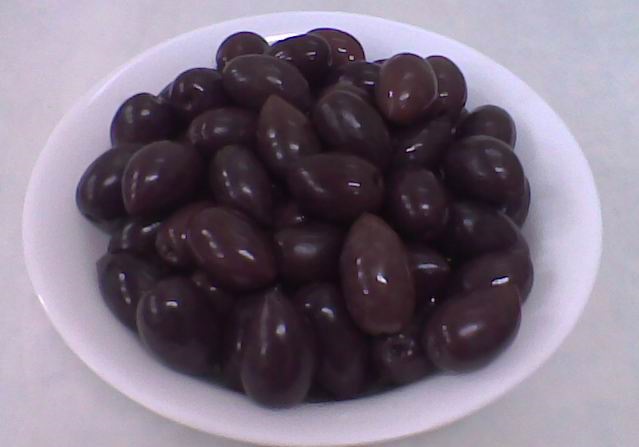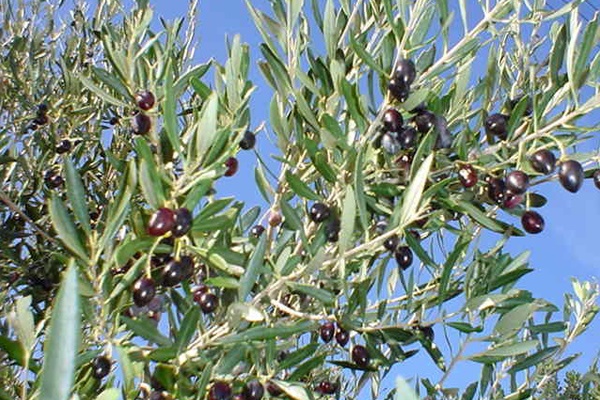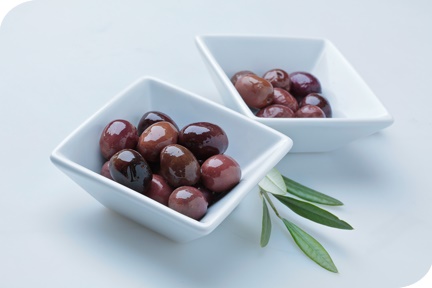Discover the Kalamata Olive….enjoy the taste experience…
The olive tree has been a symbol of culture and honor in Greece and it had been used even as prize for the winners of Olympic Games.
The olive tree and its fruit, the olive, have a long history full of myths and legends. They have been and still are among Greece’s most known symbols of worship and prosperity. In Ancient Greece the olive tree was so important that the Olympic Games winners were crowned with a chaplet made of olive tree branches.
Kalamata olive is often known as the Greek olive where the sounds of the sea and of the olive tree leaves are mixed harmonically along with the other nature’s gifts.
Kalamata Olives are Technically classified as fruits of the Olea europea tree (an amazing tree that typically lives for hundreds of years). "Olea" is the Latin word for "oil," and reflects the high oil content of this food.
From a botanical standpoint, Kalamata olives belong to a very special group of fruits called drupes. Drupes are fruits that have a pit or stone at their core, and this pit is surrounded by a larger fleshy portion called the pericarp.
Kalamata Olives are plump, juicy, fleshy olives, full of flavour. They have naturally black / brunette/ brownish colour and a little softness in texture as they mature on the tree. The colour of Kalamatas is not uniform because of the natural process, it depends on the side of the tree where they are and the exposure to sun - rays. Those exposed more to the sun tend to be darker in colour.
Kalamata Olive is an almond-shaped, from a tree distinguished from the common olive by the size of its leaves, which grow to twice the size of other olive varieties. The trees are intolerant of cold and are susceptible to Verticillium wilt but are resistant to olive knot and to the Olive fruit fly. On the tree, these almond-shaped fruits are hard to miss because of their beautiful colour.
The mild Mediterranean climate with long periods of sunshine becomes ideal for agriculture and especially olive growing.
Kalamata olives cannot be harvested green, It ripens on the tree and must be hand-picked in order to avoid bruising and protect its sensitive flesh . They're usually packed in either olive oil or vinegar, giving them a stronger flavor than most other olives. When they are soaked in vinegar or brined, they may appear almost dark brown or black.
Kalamata Olives are flavourful, all natural, and nutritious. They Often used as a finest table olive in the world. Kalamata olives are a perfect snack alone, or may added to cheese and vegetable plates. They’re also fantastic in olive tapenade, a rich olive spread popular in the Mediterranean. They are great to add to salads if you're looking to add a natural and excellent source of monounsaturated fat to your diet. For many, the tastiest olive you can eat.
Yet before you begin eating, be aware that these olives are usually sold with their seeds in. If you plan to serve these, eat them yourself, or add them to recipes, be sure to remove the seed first.
You can rinse brined olives to reduce some of the salt. You’ll be unable to reduce sodium completely in Kalamata olives because they are normally split down the centre, allowing greater absorption of the brine in the inner flesh of the fruit.
Preparation
There are two methods of preparing Kalamata olives, known as the long and short methods. The short method debitters the olive by packing them in water or weak brine for around a week. Once complete, they are then packed in brine and wine vinegar with a layer of olive oil and slices of lemon on top. The olives can be slit in order to decrease the processing time. The long method involves slitting the olives and placing them in salted water in order to debitter them, a process that can take as long as three months. Levels of polyphenol remain in the olives after processing, giving them their slightly bitter taste.


